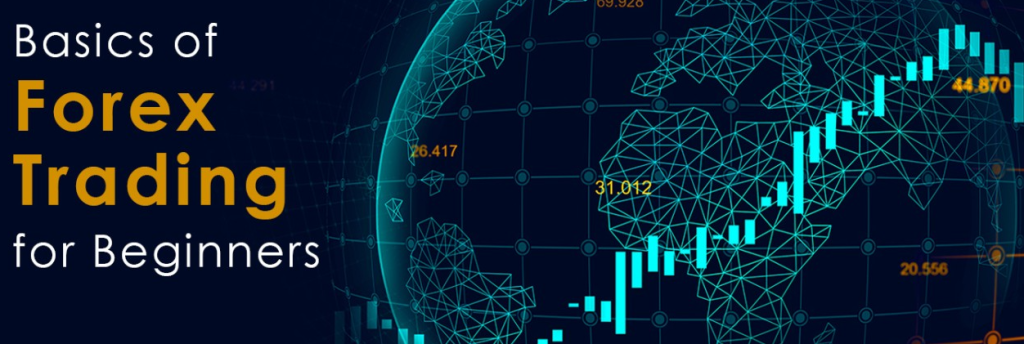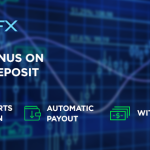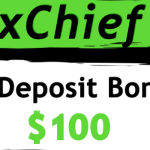What is Forex Trading?
Forex trading is the speculative process of taking positions on movements in currency prices in the aim of earning profits. Many conversions on the forex are for practical uses rather than creating profit. Though, traders can speculate on forex market price movements in order to capitalize on correctly forecasting these movements.
For a more detailed definition of forex, visit our page on ‘what is FX trading?’.

Trading Forex: step by step guide
Open a live or demo spread betting or CFD trading account.
You can open a Forex live or demo account to trade on the price movements of any forex pair.
Start researching to find the FX pair you want to trade.
Our news and analysis section keeps you updated with any market news which may impact FX, and our market calendar makes sure you are informed of all events that may move the markets.
Based on your research, do you want to buy or sell?
Is the research you have done showing the base currency-that is, the first-named currency in the pair-is going to get weaker or stronger? ‘Buy’ long if you think it’s going to get stronger, or ‘sell’ short if you think it will get weaker.
Follow your strategy.
Prior to entering a trade, ensure you have followed your strategy, which should involve risk management. See also our information on creating a trading plan.
Input your forex trade.
Input your fx trade into the market with defined entry and exit points, following your strategy. Don’t forget to utilize risk management conditions, such as a take-profit or stop-loss order.
Close your trade and reflect.
Trade following your trading plan will enable you to exit the market at your limits of forecasted levels. Consider how you have done so that you can become better after every trade.
Forex trading examples.
When trading on the currency market, you trade the strength of one currency compared with another. For example, going long and ‘buying’ USD/GBP represents a speculation that the US dollar price will increase relative to the price of the pound. Conversely, if you go short and ‘sell’ EUR/AUD then the speculation is that the euro will weaken in comparison with the Australian dollar.
Useful forex trading examples show how to open and close trade positions as well as an accompanying profit that is associated with a trade. Learn about shorting the pound.
Forex basics
No matter the amount of excitement that is created over the potential of gaining money via forex trading, the first thing to learn as a beginner is the basics of the forex market. These basics are fundamental and provide a basis to help you understand key questions in the foreign exchange market and lead you to proper decisions while trading currency.
Foreign Exchange Market
Forex, or FX for short, is the market in which businesses, banks, individuals and governments trade currencies. It is the world’s most active marketplace; more than $5 trillion trade on average on a daily basis. Trading currencies on the foreign exchange market usually splits currency pairs into major, minor, and exotic (or emerging) currency pairs.
The US dollar is one of the most widely traded currencies in the world and makes up around 60% of the total central bank foreign exchange reserves. Not surprisingly, therefore, the US dollar is the dominant player in most of the ‘majors’ currency pairs, which account for 75% of all forex market trades. For any beginner it would probably be best to trade in the majors because they represent some of the most liquid and the least volatile currency pairs out there.
We provide for both on-spot prices and through forward contracts trading on over 300 FX pairs.
Forex leverage
When trading forex on a spread betting or CFD trading account, you are essentially trading with leverage. This just means that you only have to put up a portion of the full value of the trade in order to open the position, meaning you can trade with margin. Your exposure in the market, however will be based on the full trade value of the position. Don’t forget: Using leverage just magnifies profits as well as losses. This is basically an opportunity to use forex leverage or, simply, leverage.
Basic Forex Trading Strategies
Forex trading strategies are normally distinguished on the basis of timeframe and market-specific variables. Trading market movements in minutes, or over some days, are considered under strategies. As a beginner you can try out different forex strategies with a forex demo account and measure the relative success rate and suitability. You may also like to try out and choose your preferred technical indicators for entry and exit points, and blend different aspects from several strategies. Some of the most common Forex strategies are:
Forex scalping is a strategy where traders hold several short-term trades and construct profit based on smaller wins but frequent winning trades. This might be most suited for those traders who can devote a high percentage of their time to trading, and are more interested in technical analysis.
Forex day trading is for traders that enter and exit at least one trade per day based on predictions of how the daily markets will move, and therefore can avoid overnight holding costs. This kind of trading method may be best suited to traders that are not too comfortable with the very fast-paced trading methods in scalping but still have a preference for shorter-term trading methods.
Forex swing trading may be best suited to those who prefer an equal blend of both fundamental and technical analysis. Trades are held over several days, hoping to buy at ‘swing lows’ and sell at ‘swing highs’, or vice versa if shorting. The trader will spend less time studying market direction compared with some other strategies and there will be overnight carry costs, as well as a greater probability of price ‘gapping’.
Position trading is a trend where traders hold their positions over long periods and do not pay much heed to short-term price fluctuations. Position trading can be best suited to traders who spend more time in understanding the market fundamentals and less time in carrying out technical analyses or in trading.
To know more on the types of strategies you can consider when trading forex as a beginner, click here for our guide on forex trading strategies.
5 forex trading tips for beginners
1. Know the markets of both currencies: know the currency being traded as part of the currency pair. Be aware of the major macro-environmental forces that may impact the markets you are exposed to.
2. Stick to your trading plan: it helps take out emotion from the trade and predetermines the entry and exit strategy. It forms a structured way of trading markets, keeping trades consistent and emotions at bay.
3. Test, evaluate and try again: for instance trading is evaluation after each trade in order to know what worked and what did not. It takes you time to cultivate a good trading mentality that you are doing something wrong while thinking that your psychology in trading is always under progression. You can test all of your strategies for forex trading through our free demo account.
4. Follow the classic mantra: ‘cut your losses and let your profits run’, as part of your trading psychology. Don’t be tempted to take profit just as it appears or be afraid of losing. Follow through your trading strategy, and implement risk-management conditions to remove emotion from your trading.
5. Make a choice for the best trading partner to you: Reliable trading platform, good customer service, and tight spreads are the main factors that contribute towards creating your overall trading experience. Discover why traders prefer CMC Markets.
Looking for more forex trading tips? Read here forex trading tips.
Forex trading platform
In learning to trade forex, most novices ingest information overload on trading platforms, most of which are entirely unusable. Opening a demo account when trading Forex on our online trading platform allows getting accustomed to opening and closing trades and practice of your trading strategy on demo accounts. You can customize our trading platform according to your needs.
Forex Mobile Trading Application
Whatever your trading experience is, you should be able to see all of your open positions. Our award-winning mobile trading app lets you view and access all of your trades, open or close trades with full-order ticketing, and our fully functioning charting software, among many more.
Summary
Once you understand the basics of forex, it’s time to practice using what you’ve learned with a demo account below. You can test forex strategies and tips and get started on creating a trading plan that you can use. Once you feel confident in your strategy, including how to control risk, and are familiar with your trading platform, then you’re ready to open a live account with which to trade on actual forex.







